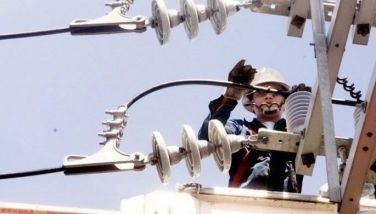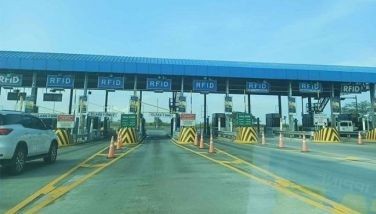The cost of fighting COVID-19

We are coming up to the one-year mark for lockdown in the Philippines this March. It honestly feels tiring to think that while some businesses are re-opening and some work is returning, we are still so incredibly far from any semblance of normal. Despite promises of the country being back to normal by the holidays, I think we all knew that at the rate we were going in 2020 that our fight against COVID would be far from done by year’s end.
True enough, 2021 has come and we still have so many hurdles and hills to climb. The sad part is that people are reaching breaking point when it comes to vigilance. Safety fatigue has begun to set in and we can see it on social media every day. Outside of those forced out to earn a living, many more people are becoming lax in implementing safety protocols, going out, gathering in large groups again, and indulging in non-essential activities.
I can’t say that I don’t understand. After all, human beings are social creatures, and being proverbially trapped inside our homes for almost a year was eventually going to take its toll. That was coupled with the fact that the discipline of so many earlier on in the lockdown wasn’t fully maximized to put protocols in place to fully test, trace, and do damage control. It seems that after all this time, all we’ve really accomplished is to survive.
Honestly, that in itself is no small feat. There are so many that did not. Whether it’s the tragic loss of life or livelihood, 2020 was brutal on all fronts. I completely understand the need to re-open businesses or else people would starve. But what did we do to ensure that these businesses can operate safely? What strict measures are in place (and remain in place) to protect the people and the healthcare sector from more Filipinos going out and potentially getting sick and spreading the virus?
The short answer is testing. However, testing regularly (which is what is needed to get an accurate picture of the virus), is not only difficult, but cost-prohibitive for so many Filipinos. At anywhere between P3,000 to P5,000, the most effective tests for COVID aren’t affordable. Plus, most still take anywhere from two to three days for the results to come back. It’s cumbersome and expensive.
Still, despite the test being so expensive, the Philippines is now among the countries in Southeast Asia with high testing numbers at about 30,000 a day. Another piece of good news is the potential release of a new test that is still highly effective (according to the studies still roughly 98 percent accurate). The saliva test, which will first be rolled out by Red Cross, is effective and costs only P2,000 per test, making it P1,800 cheaper than most swab testing. The results are also available in just three hours. This will hopefully allow more people to get tested in a lot less time.
Still, despite the boost to testing, that is only one part of keeping the virus and the spread in check. The whole equation is “test, trace, and treat”. Contact tracing must be aggressive and quarantine facilities strict. The healthcare sector handles the treatment segment, and now in 2021 an additional facet of this fight is vaccination. However, the future for vaccination in the country looks like it’s going to be slow and full of red tape.
While other countries are already rolling out vaccination programs for their healthcare workers and elderly, the only vaccines we’ve been able to provide are for some of the police and military. Honestly, I feel the approach of other countries seems more sound – either vaccinate the most vulnerable and the frontline healthcare workers or the working class to help get the economy up and running.
In either case, it’s important to get the vaccination programs running, and even more important for the government to promote transparency when launching these programs. Our leaders should be among the first to be vaccinated to prove to the people that the vaccines are safe. Early results of vaccination drives have been quite positive. In Israel, where the vaccine has already been rolled out, there has already been a 60 percent drop in hospitalizations for the elderly and comprised just three weeks after the first shot.
Understandably, people are still skeptical and scared even. All of this is new and happening fast so once again, transparency and open communication from the government is key. They also need to be very upfront with the costs. We’re all working hand-in-hand right now with the rest of the world and resources are finite so cost-efficiency and transparency should be at the forefront of these programs.
We’ve still got a long way to go, but there is a tiny speck of light at the end of the tunnel if we remain disciplined and focused. We can survive this pandemic, but we have to do it together.
- Latest
- Trending






























